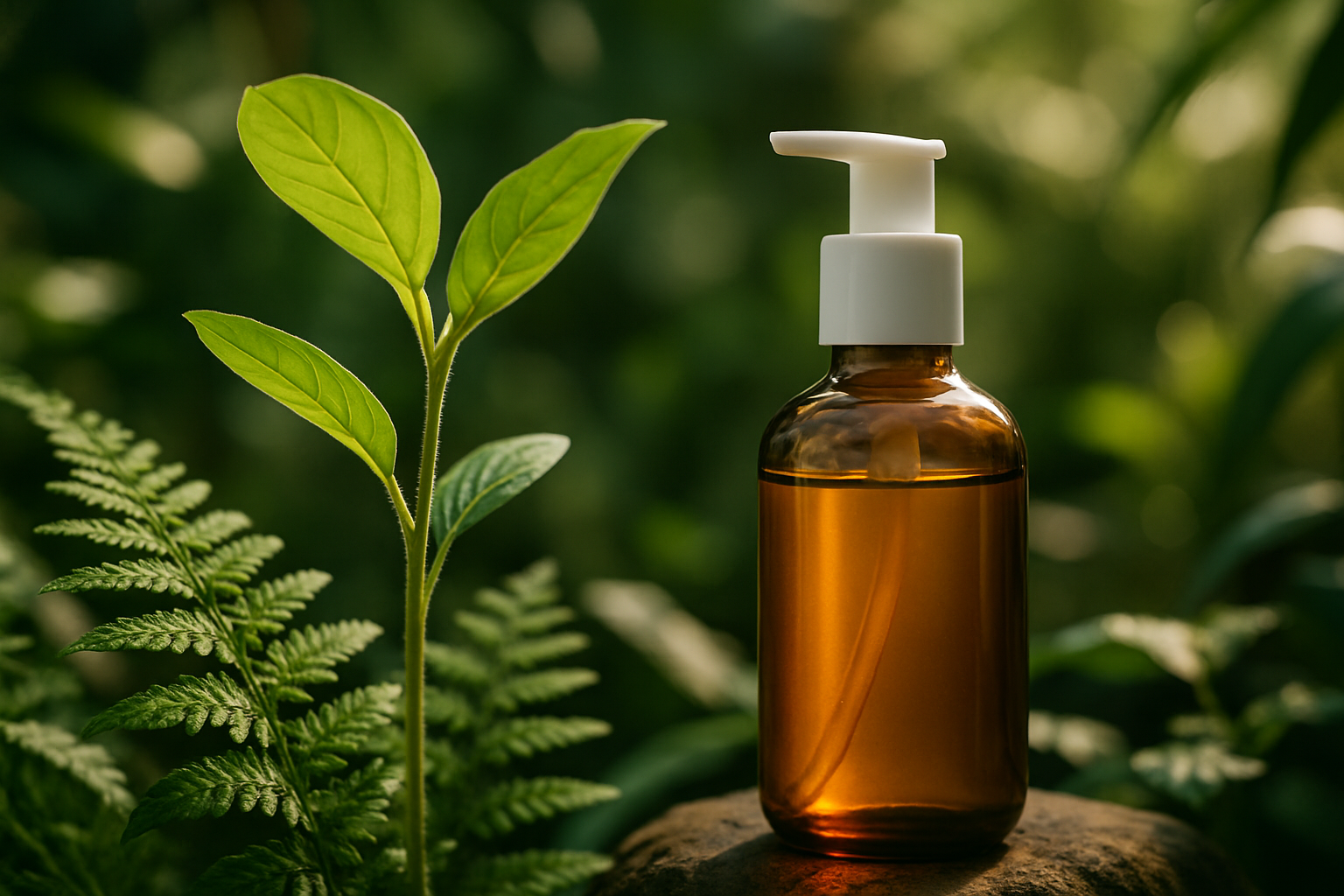Biophilic Beauty: Nature-Inspired Skincare Rituals
In a world dominated by synthetic products and artificial ingredients, a revolutionary approach to skincare is emerging, drawing inspiration from the healing power of nature. Biophilic beauty, a concept rooted in our innate connection to the natural world, is reshaping the landscape of skincare routines and product formulations. This innovative trend goes beyond simply incorporating natural ingredients; it seeks to create immersive, multisensory experiences that tap into the profound psychological and physiological benefits of connecting with nature. As urbanization continues to separate us from the natural world, biophilic beauty offers a way to bridge that gap, bringing the restorative qualities of forests, oceans, and botanical gardens into our daily self-care rituals.

The beauty industry has now embraced this concept, recognizing the potential for nature-inspired experiences to enhance not only the efficacy of skincare products but also the overall emotional and mental well-being of consumers. Biophilic beauty draws on the sensory experiences of nature – the textures, scents, and visual elements – to create products and rituals that engage multiple senses and evoke the calming, rejuvenating effects of natural environments.
Multisensory Product Formulations
At the heart of biophilic beauty lies the development of products that engage multiple senses, mimicking the complex sensory experiences found in nature. Innovative formulators are creating textures that transform upon application, reminiscent of natural phenomena like melting snow or morning dew. For example, gel-to-oil cleansers that emulate the sensation of water trickling down a stream, or masks that warm upon contact with the skin, evoking the gentle heat of sunlight.
Scent plays a crucial role in biophilic beauty, with fragrances carefully crafted to transport users to specific natural environments. Unlike traditional perfumes, these scents are designed to be subtle and authentic, replicating the olfactory experience of walking through a pine forest or standing by the ocean. Some brands are even incorporating time-released fragrances that evolve throughout the day, mimicking the changing scents of nature from dawn to dusk.
Biomimetic Ingredients and Technologies
Biophilic beauty goes beyond simply using natural ingredients; it involves studying and replicating nature’s most effective mechanisms for protection, hydration, and regeneration. Biomimetic ingredients, designed to mimic the structure and function of natural substances, are at the forefront of this trend.
One example is the development of artificial sebum, inspired by the skin’s natural protective barrier. This synthetic oil blend is formulated to closely resemble human sebum, providing effective moisturization without clogging pores. Another innovation is the use of plant-derived cellulose nanocrystals to create film-forming agents that mimic the protective properties of tree bark, offering a natural alternative to synthetic polymers in skincare formulations.
Nature-Inspired Packaging and Presentation
The biophilic approach extends to product packaging and presentation, with brands adopting designs that reflect and honor the natural world. This includes the use of sustainable, biodegradable materials that minimize environmental impact, as well as aesthetics inspired by natural forms and textures.
Some companies are taking this concept further by creating packaging that actively contributes to environmental preservation. For instance, seed-embedded boxes that can be planted after use, or containers made from ocean-bound plastic that help clean up marine environments. These initiatives not only reduce waste but also create a tangible connection between the consumer’s beauty routine and environmental stewardship.
Biophilic Spaces for Skincare Rituals
The biophilic beauty movement extends beyond products to encompass the spaces where skincare rituals take place. Brands and spas are redesigning their environments to incorporate elements of nature, creating immersive experiences that enhance the efficacy of treatments and products.
This includes the use of living walls, water features, and natural materials like wood and stone in retail and spa spaces. Some innovative concepts include “forest bathing” skincare treatments performed in specially designed indoor gardens, or underwater spa rooms that simulate the experience of being in a coral reef.
At home, consumers are encouraged to create their own biophilic beauty spaces, incorporating plants, natural light, and nature-inspired decor into their bathrooms and vanity areas. This holistic approach to skincare rituals aims to transform daily routines into moments of connection with nature, promoting relaxation and mindfulness.
The Future of Biophilic Beauty
As research continues to demonstrate the positive impacts of nature on human health and well-being, the biophilic beauty trend is poised for significant growth. Future developments may include more advanced biomimetic technologies, such as synthetic ecosystems that replicate the beneficial microbiomes found in natural environments.
Virtual and augmented reality could also play a role in bringing immersive natural experiences to urban dwellers, allowing users to enjoy the benefits of nature-inspired beauty rituals even in the most concrete-dominated landscapes. Additionally, as climate change alters natural environments, biophilic beauty may evolve to include ingredients and experiences inspired by adapting ecosystems, highlighting the resilience and ingenuity of nature.
The biophilic beauty movement represents a significant shift in how we approach skincare and self-care. By reconnecting consumers with the natural world through multisensory experiences, innovative ingredients, and thoughtful design, it offers a path to not only healthier skin but also improved overall well-being. As our lives become increasingly urbanized and digitized, the importance of maintaining a connection to nature becomes ever more crucial. Biophilic beauty provides a daily reminder of our place within the natural world, encouraging a more holistic and sustainable approach to beauty and wellness.





